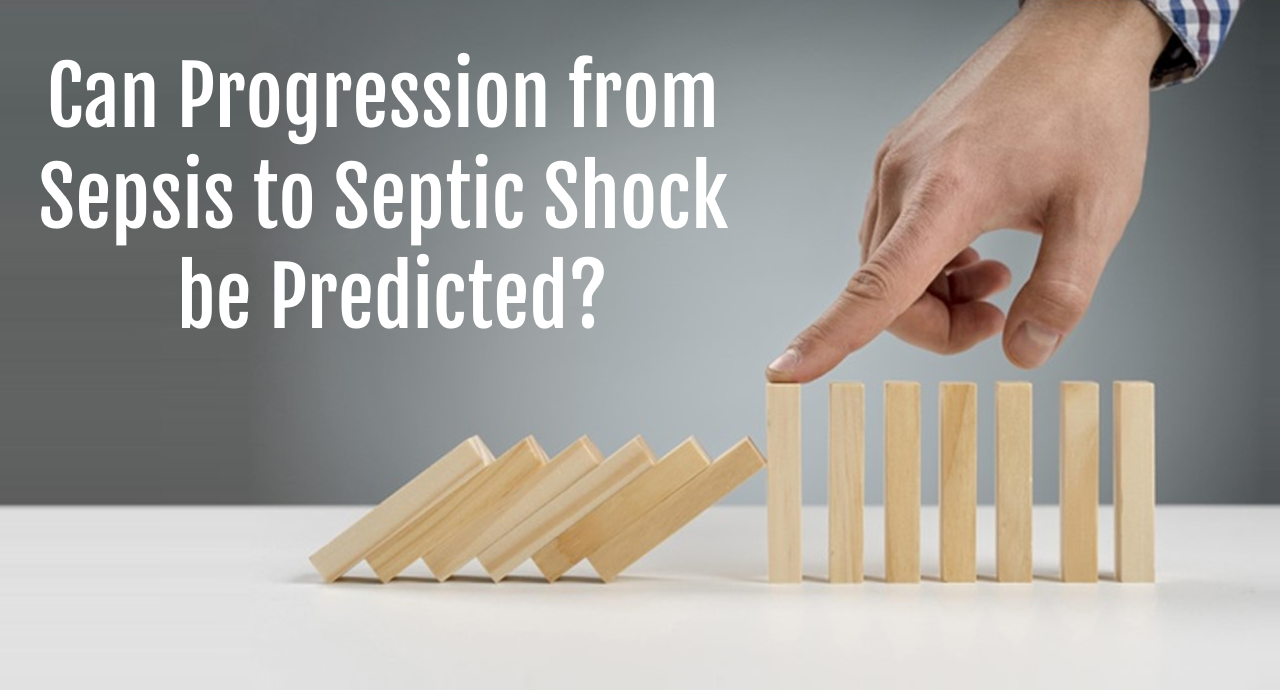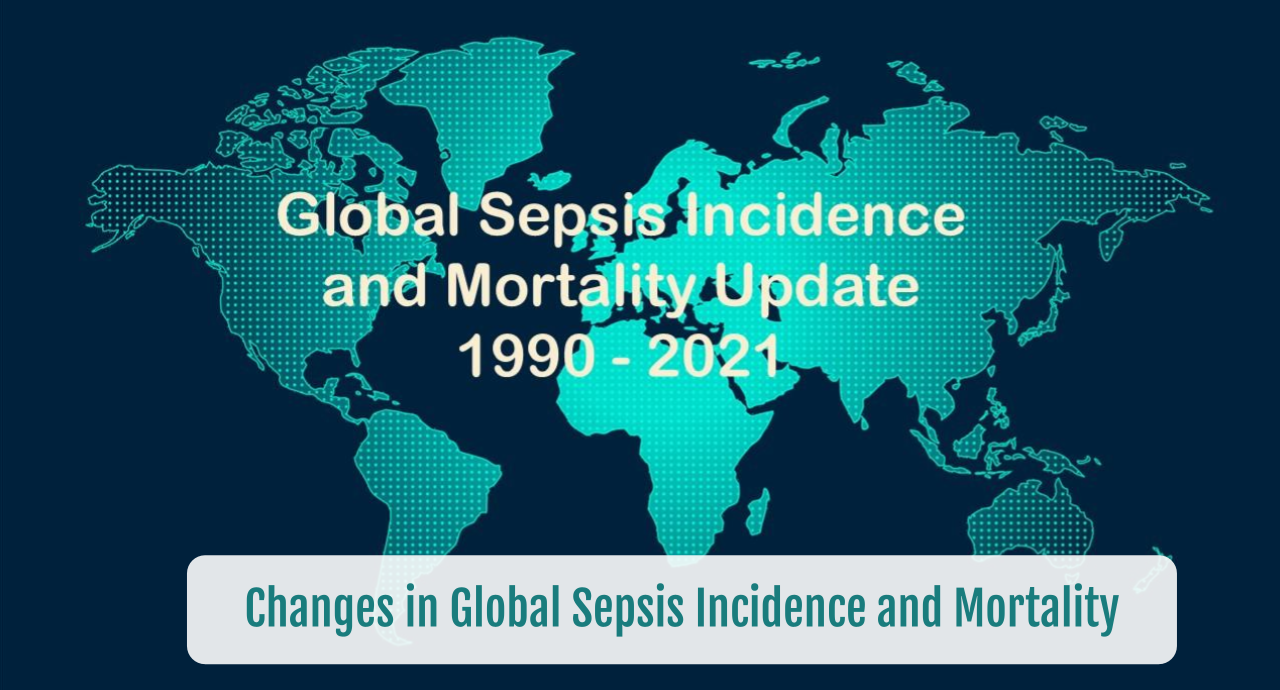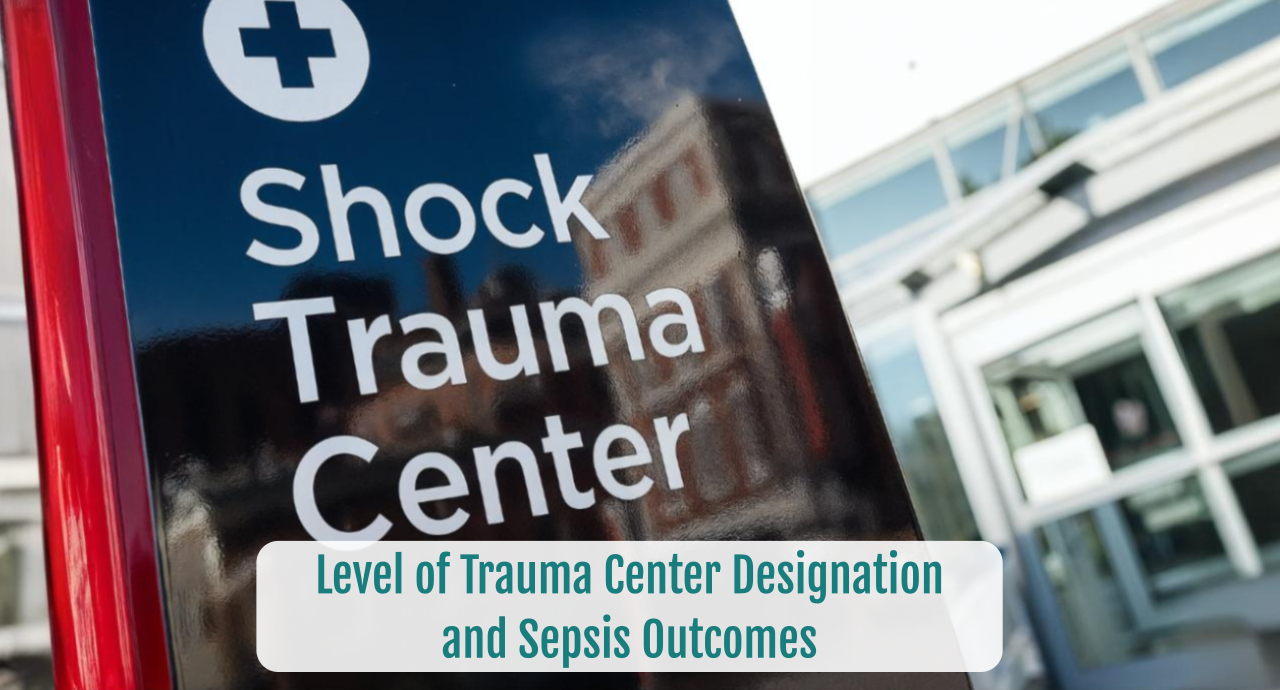Can Progression from Sepsis to Septic Shock be Predicted?
SUMMARY
- Approximately 10% of patients with sepsis will progress to septic shock.
- Septic Shock is associated with a high mortality rate of approximately 38%.
- Limited data exists determining which patients are at risk of progressing from sepsis to septic shock.
- A multi-centered large cohort of patients, identify the important determinants to detect septic shock progression.
BACKGROUND
- Approximately 10% of patients with sepsis triaged in the emergency department (ED) will progress to septic shock.
- Limited data exists on determining which patients are at risk to progress from sepsis to septic shock.
- These studies suffer from:
- Small numbers of patients
- Single site investigations
- Methodological flaws
- Patients with septic shock require a greater amount of resources, have longer length of stays , have higher mortality rates and are costlier per case.
- Earlier identification of patients at risk for progression from sepsis to septic shock may aid in appropriate triage, monitoring, interventions and resource allocation, resulting in improved clinical and financial outcomes.
REVIEW
Wardi et al. medRxiv preprint doi: https://doi.org/10.1101/2020.11.02.20224931
- Retrospective multi-centered cohort of patients presenting to ED between 2014-2019.
- Patients were included if they developed septic shock between 4 hours after ED triage and up to 48 hours after diagnosis of sepsis.
- Hourly data of the 40 most commonly measured input variables were developed into a machine learning predictive algorithm,
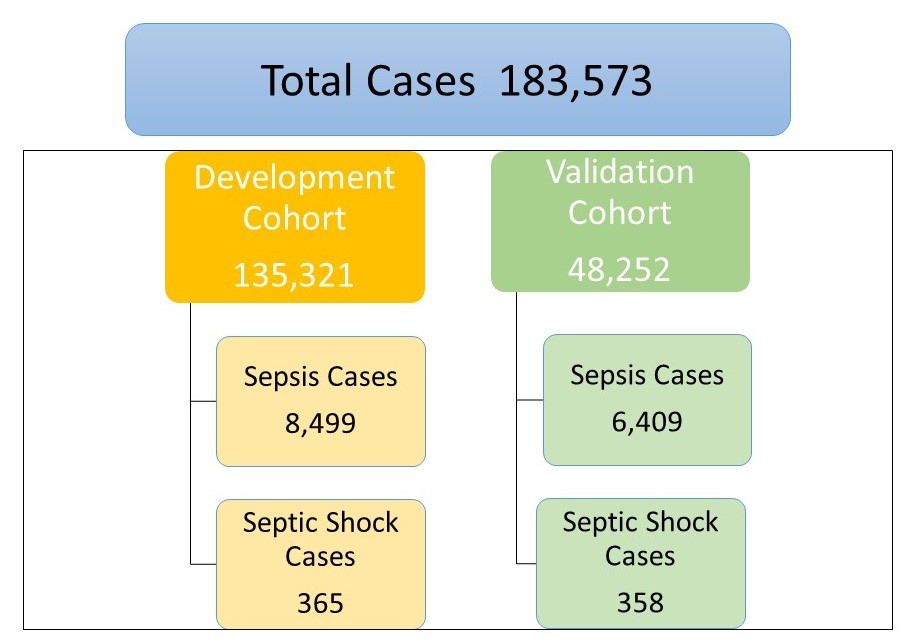
- Outcomes:
- Mortality: Sepsis patients 5.5%; Septic Shock patients 24.3%
- Time from:
- Sepsis to shock: Development cohort 9.9 hours; Validation 7.6 hours

- Algorithm in the validation cohort was able to demonstrate predictability 12 to 8 hours prior septic shock development. AUCROC > 0.80
- Negative Predictive Value > 0.99
- False negative rate = 18 patients – all with low probability estimates
- Therefore, when algorithm estimates patient not at risk for septic shock, it is highly likely the patient will not progress in disease.
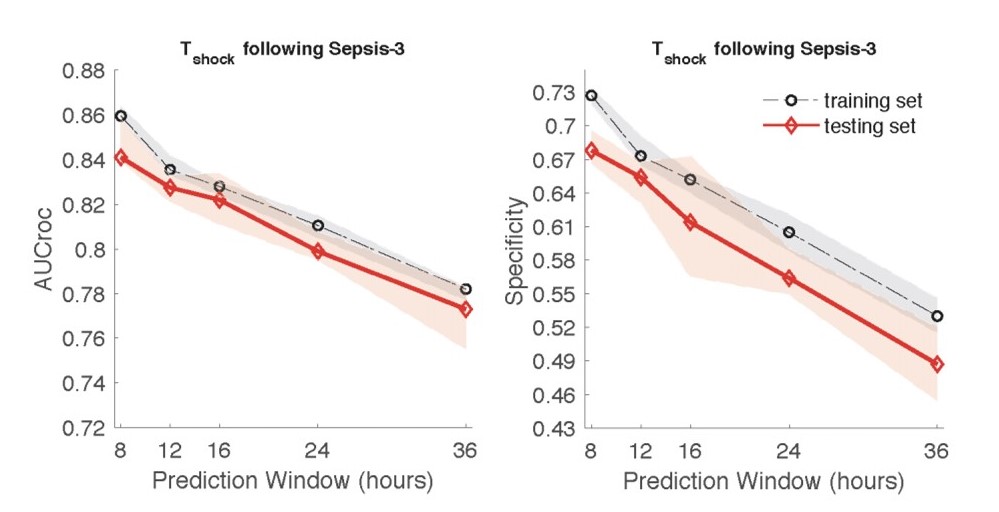
CONCLUSIONS
- A significant proportion of patients will progress from sepsis to septic shock with an associated greater morbidity, mortality and resource needs.
- A new machine learning algorithm can appropriately predict the patient’s likely to progress up to 12 hours prior to deterioration.
- It remains unclear if this information can provide actionable interventions.
- Further evidence will be needed to determine if earlier identification of high risk patients can result in prompt changes in treatment, avoid unanticipated ICU needs and improve clinical outcomes.
To receive articles like these in your Inbox, you can subscribe to Sepsis Program Optimization Insights.
Erkan Hassan is the Co-Founder & Chief Clinical Officer of Sepsis Program Optimization where he designs & oversees the implementation of solutions to optimize sepsis programs.
To discuss your organization’s Barriers of Effective Sepsis Care, contact Erkan by phone (844) 4SEPSIS (844-473-7747), email (erkan@spo.icu), or video chat.

